How to increase your range of motion — and why it's central to your health
Feeling stiff? Struggling with your flexibility? Improving your range of motion can help to overcome these problems. Here’s how…
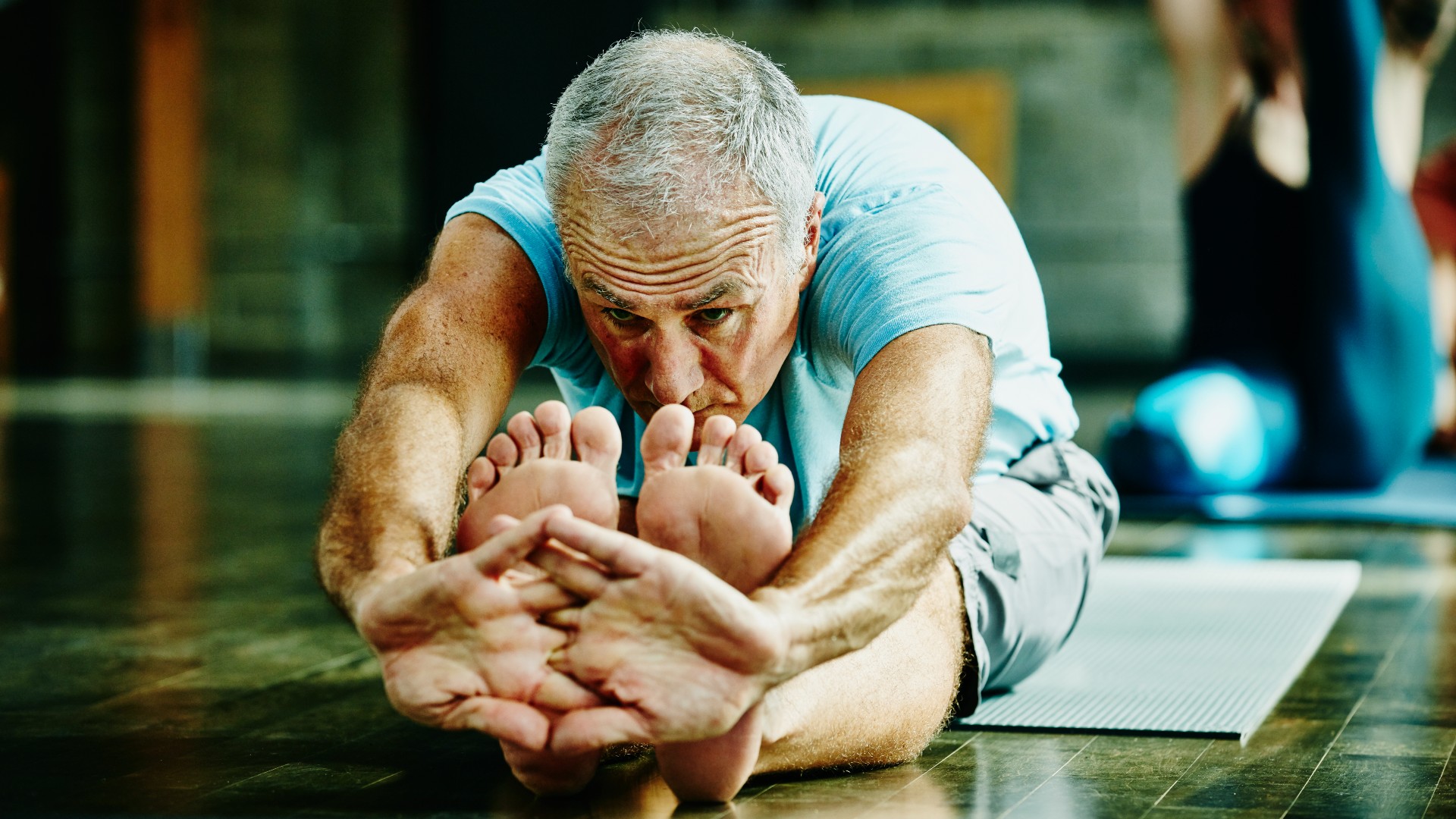
Heard of the phrase: range of motion? This term, which is often shortened to ROM, refers to how much joint and muscle movement you have.
How much flexibility you have in your joints will differ from person to person, with one study conducted by the CDC revealing that your ROM can be influenced by your gender, age and lifestyle. If you’re trying to improve your ROM, massages, stretching and using some of the best foam rollers can help you work towards increasing your overall flexibility.
Along with helping you complete daily tasks, like bending down to tie your shoe, your ROM can also help to reduce the feeling of joint stiffness, improve muscular function and help you live a better quality of life.
So, to discover how to increase your ROM we decoded the science and spoke to certified fitness trainer Nicole Thompson from the American Council on Exercise (ACE) and Helen O'Leary, physiotherapist and Pilates instructor at Complete Pilates.
What does range of motion mean?
Thompson says: “Range of motion can be defined as ‘the number of degrees through which an articulation will allow one of its segments to move’.”
But to help understand this term a little more, Thompson recommends thinking about the meaning of flexibility, as the two concepts are closely related. “Flexibility is the ‘ability to move joints through their normal full ranges of motion’,” Thompson tells us. “So typically, the more flexible you are, the better your range of motion. Essentially, ROM is a reflection of flexibility.”
How do you know whether you have a good ROM? “There is an ideal length of muscle fiber in which the muscle will function optimally,” Thompson says. “However, if the fibers are too short (or sometimes too long) that can cause stiffness in the muscle and therefore limit the range of motion a joint will have. If the muscle fibers are at an optimal length and have enough elasticity, the muscles will allow the joint to move to optimal degrees.”
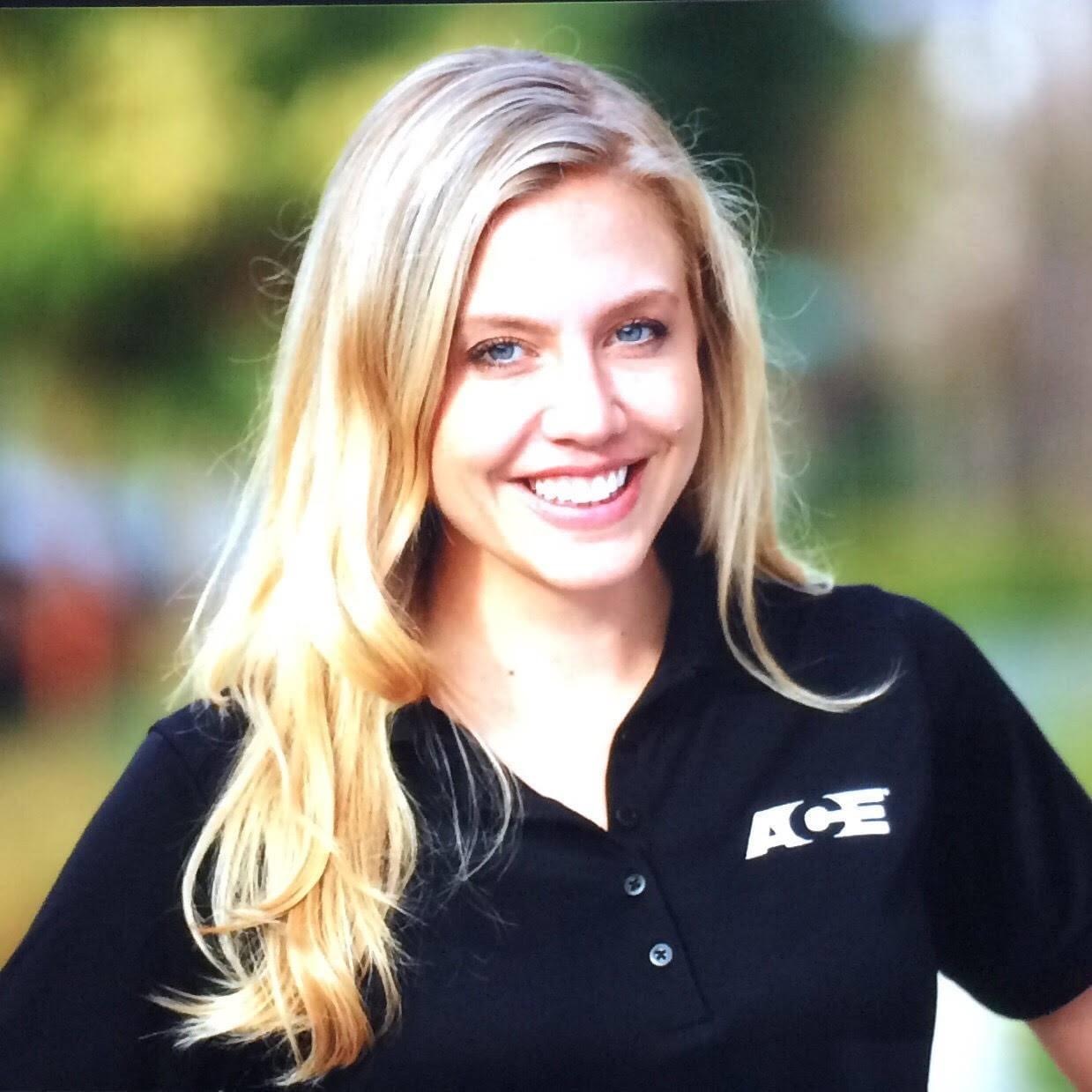
Nicole Thompson is an ACE Certified Personal Trainer, Medical Exercise Specialist, Group Fitness Instructor, and Health Coach as well as an ACE Senior Fitness Specialist and Fitness Nutrition Specialist. She holds an M.A. in Sport and Performance Psychology and studied Fitness Instruction/Exercise Science at the University of California, San Diego. Her love of health, fitness, and learning landed her at the American Council on Exercise in 2015 where she continues to cultivate those passions.
Why is range of motion important?
As we’ve seen, maintaining good flexibility is super important, especially as we age. And the best flexibility exercises can help you stay on top of your ROM.
As Thompson explains: “Range of motion is the result of flexibility. And flexibility is an essential component of fitness and one’s ability to perform activities of daily living. A flexibility routine can help improve ROM, reduce stiffness and injury, improve muscular function and can even improve your mood.”
But not staying on top of your flexibility can lead to health and wellbeing problems later down the line. Thompson tells us: “If there are muscle imbalances, as a result of altered muscles lengths/length-tension relationships around the joint, that alters the joint mechanics, which result in postural misalignments, faulty loading, and ultimately pain, injury, and/or compensation.”
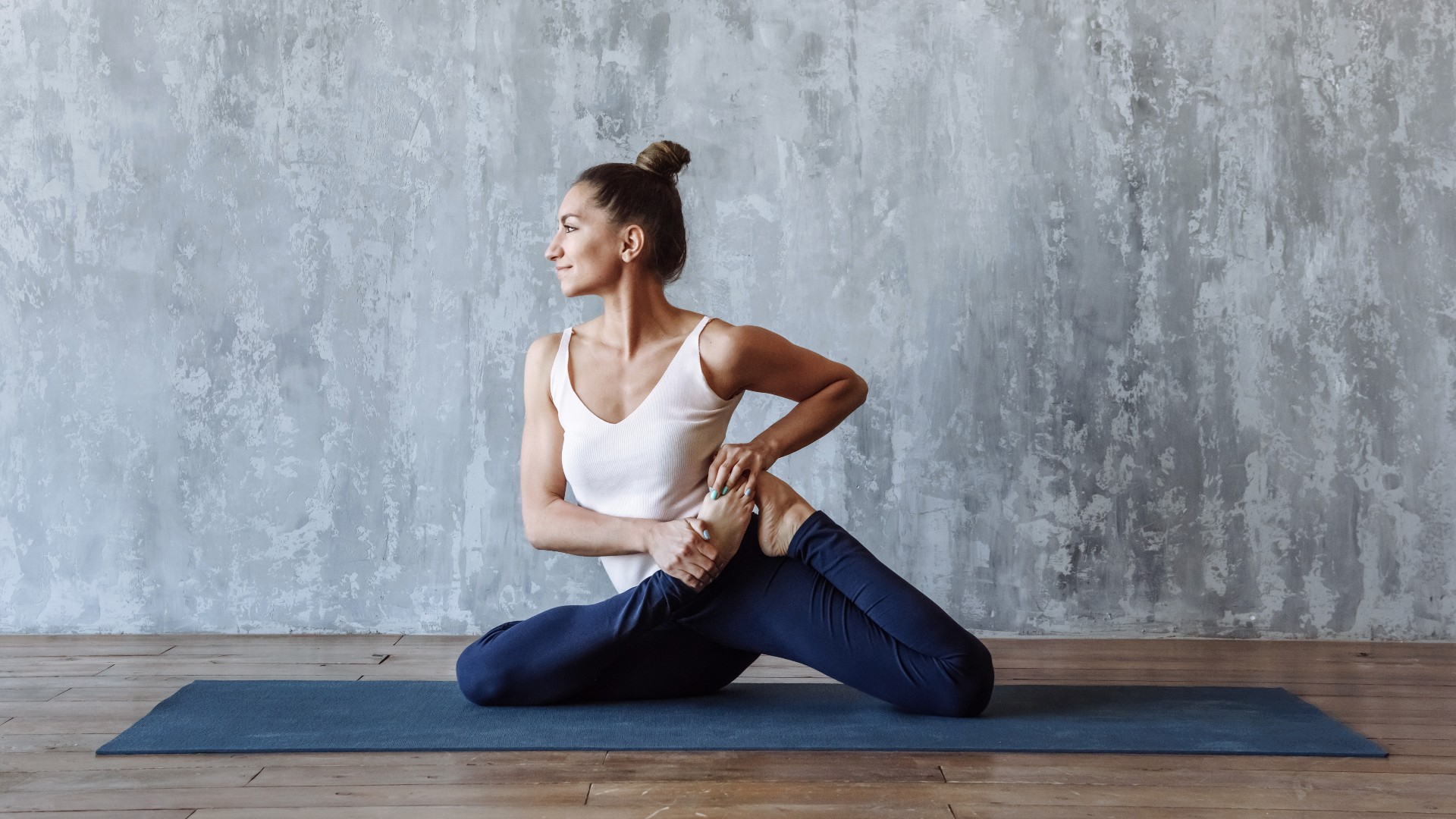
How can you improve your range of motion?
1. Massage can help with your range of movement
If done consistently and by a professional, massages can help increase your ROM. Thompson says: “Massage can help relax muscles by increasing blood flow to muscles, decreasing knots (which are believed to be inflammation or microtrauma to muscle fibers that can restrict ROM), and can help fascia be more pliable. Fascia is a connective tissue that covers all the body’s compartments like a web.”
And research backs this point up. The Journal of Physical Therapy Science published a study which looked into the effect of massage therapy on the range of motion of the shoulder and concluded that massage therapy ‘significantly improved the shoulder range of motion, especially the flexion and abduction’. While a second review, published in Frontiers in Physiology, concurred, stating that even with just 15 minutes of massage some increases in ROM were spotted.
2. Use of a foam roller
Foam rollers are a form of self-myofascial release technique and can be adopted as part of a warm up or recovery program.
According to one review published in Frontiers in Physiology, foam rollers can also be used to ‘increase your ROM’ by performing simple back and forth movements over the roller to ‘exert mechanical pressures on soft tissues via the weight of the body (or the force of the upper limbs)’.
And Thompson agrees, adding: “Myofascial release, whether done by foam rolling or massage, attempts to relieve tension and thus improve flexibility.”

3. Drinking more water
We all know that drinking water is important to our overall health. But it’s believed that guzzling down some H2o can also work towards increasing your ROM.
“Since water is present and needed in tendons, ligaments, and muscles — proper hydration can help optimize muscle performance,” Thompson says. “Water can also help lubricate joints and tissues so they can be more elastic.”
In fact, a study published in the Journal of Human Kinetics revealed that collagen fibers are influenced by hydration levels and might be responsible for the cause of stiffness.
Thompson adds: “Conversely, it’s common to get muscle cramps (involuntary contracting/shortening of the muscle) when you are dehydrated. Muscle cramps usually indicate to endurance athletes that they need water and electrolytes. Which further supports the idea of water contributing to muscle pliability.”
- Related: Best water bottles
4. Stretching
One of the best ways to improve your ROM? By having a first-class stretching routine. According to Thompson, flexibility programs should include various forms of stretching such as:
- Static stretching (which involves stretching a muscle to near its furthest point and then holding that position for at least 15 or 20 seconds).
- Proprioceptive Neuromuscular Facilitation (PNF). This is a passive form of stretch that requires contraction and relaxation of muscles to their limit against a prop or partner.
- Myofascial release (using a foam roller).
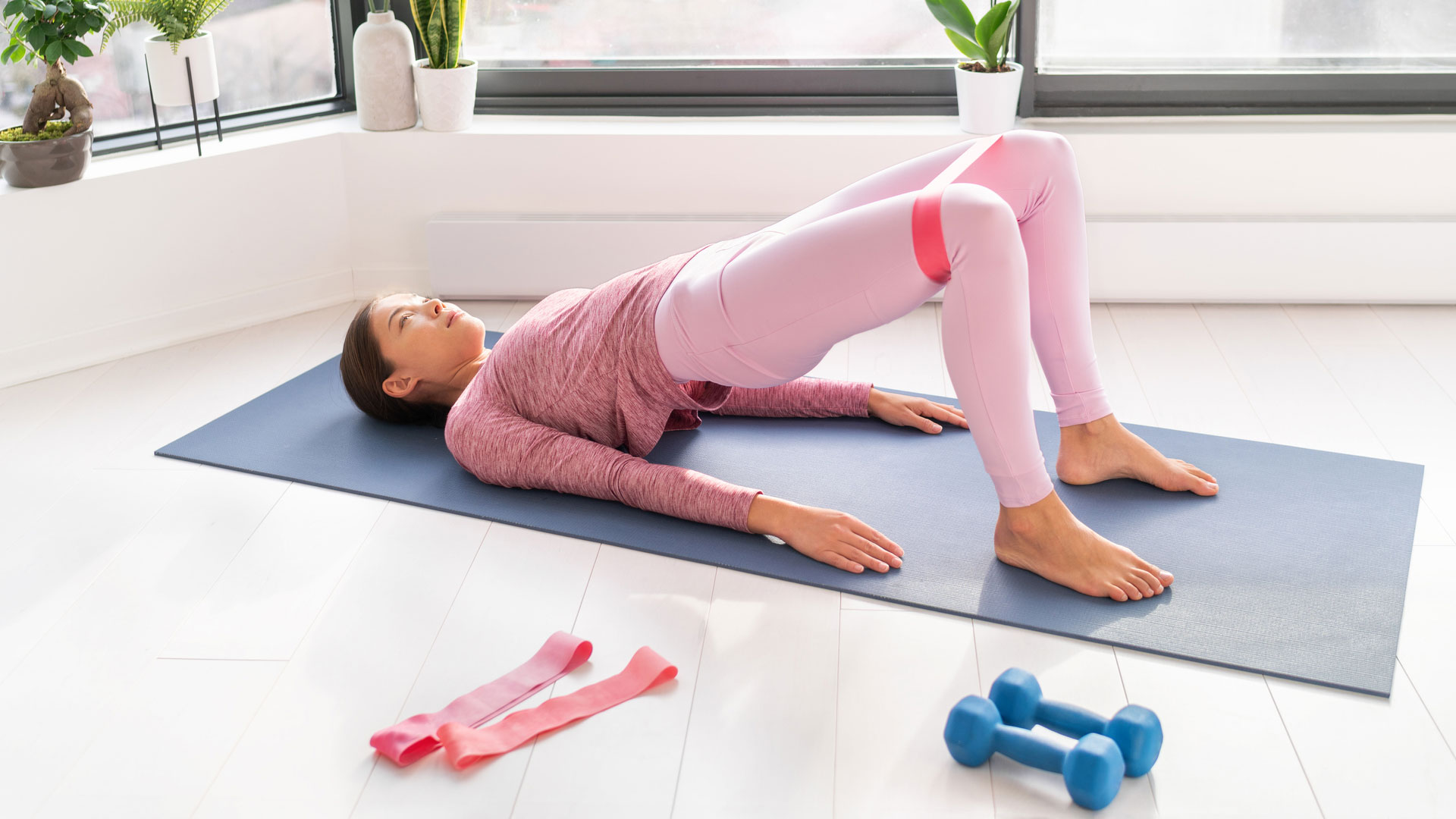
Best stretches to increase your range of motion
Wondering where to start when it comes to your stretches? O'Leary recommends adding the below to your routine to hit different areas of your body.
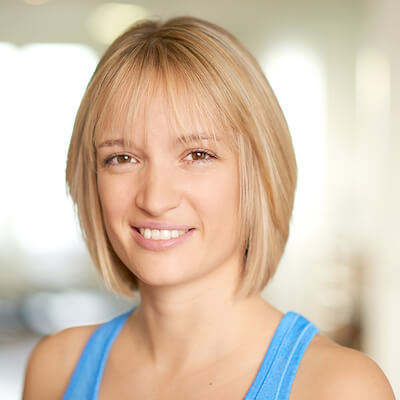
Helen O’Leary is a chartered physiotherapist and Pilates instructor/director of Complete Pilates in London. She graduated from Birmingham University in 2008 and in 2010 completed her Polestar Pilates Rehabilitation course and began to teach both mat and equipment Pilates. At Complete, O'Leary works with clients before and immediately after surgery to optimize their recovery.
- Bouncing roll down. This will help you touch your toes easier. O'Leary says: “Roll down towards the floor and let your arms hang, accepting that you probably aren’t touching the floor. Let one knee bend and keep the other straight to reach towards the floor. Lift your body up a little, switch knees and bounce back down again. Keep repeating 10 times before letting yourself hand and slowly coming back up. Try to keep the bounce smooth and not force anything.”
- Cat cow. This will stretch out your spine. O'Leary explains: “Get on all fours, tuck your tailbone under and allow your spine to arch towards the ceiling. Press into your hands to encourage your mid back to lift as well. From your tailbone, open your sit bones and let your spine go the other way into extension. try to keep pressing into your hands so that you don’t sag between them and lift your chest up and towards the ceiling. Keep your gaze somewhere in front of you so that you aren’t overextending your neck.
- Banded dislocations. This stretch will tackle your shoulders and chest. O'Leary adds: “Hold onto the ends of a long band. The longer or lighter the band the easier the movement will be. Take your hands up in front of you, pull apart and then go towards the ceiling and back behind you. Reverse the movement bringing them back up towards the ceiling and down in front of you. The more you pull apart the more you are likely to get round so make sure you find a place that is a challenge but possible without you bending your elbows.”
This article is for informational purposes only and is not meant to offer medical advice.
Sign up for the Live Science daily newsletter now
Get the world’s most fascinating discoveries delivered straight to your inbox.
Becks is a freelance journalist and writer writing for a range of titles including Stylist, The Independent and LiveScience covering lifestyle topics such as health and fitness, homes and food. She also ghostwrites for a number of Physiotherapists and Osteopaths. When she’s not reading or writing, you’ll find her in the gym, learning new techniques and perfecting her form.











